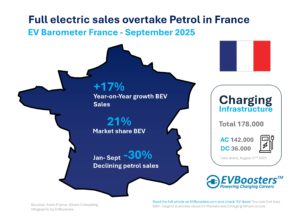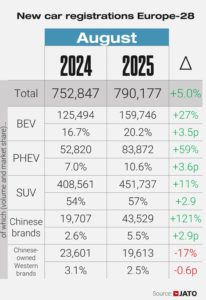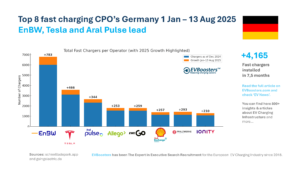This remarkable transformation is largely attributed to Tesla’s booming sales, which have increased thirtyfold over the same period. According to data from CleanTechnica, a prominent source for clean technology news and data, Tesla’s global sales have shown a staggering upward trend, particularly from 2018 onwards.
Despite occasional dips in quarter-on-quarter growth, the overall trajectory for Tesla has been one of explosive growth. The data spanning from Q2 2016 to Q3 2023 provides a clear picture of this ascent. Initially, Tesla fortified its brand image with the luxury models Model S and X, setting the stage for its later success.
However, the pivotal moment came in 2020 with the introduction of the Model 3 and Model Y. These models, more affordable yet high in volume, not only contributed significantly to Tesla’s profitability — a first for the company in 2020 — but also became the world’s best-selling EVs in 2023. The sales figures reflect this shift, with the Model 3 and Y showing an impressive increase in units sold, dwarfing the numbers for the earlier S and X models.
Tesla’s approach has evidently set a benchmark in the EV market. Rivian, backed by Amazon and Ford and viewed as a potential rival to Tesla, seems to be adopting a similar strategy. Starting with the expensive R1T and R1S models, Rivian has indicated a move towards more affordable options with the anticipated 2024 reveal of the R2 model, expected to enter production in 2026.
Tesla’s journey from near-bankruptcy to becoming the EV manufacturer to beat exemplifies a successful pivot in business strategy, focusing on mass-market appeal without compromising on innovation and quality. As the EV market continues to evolve, Tesla’s story serves as a testament to the potential of sustainable technology and strategic market adaptation.
Source: Visual Capitalist







